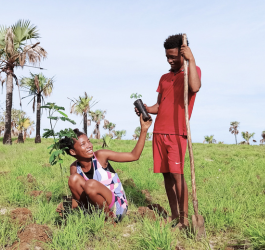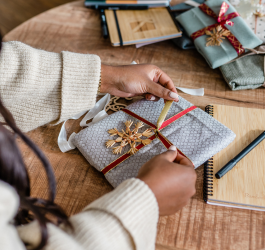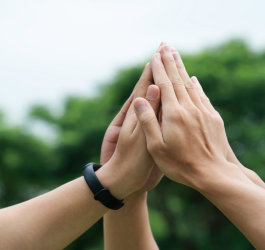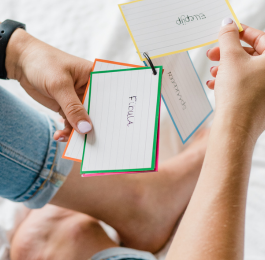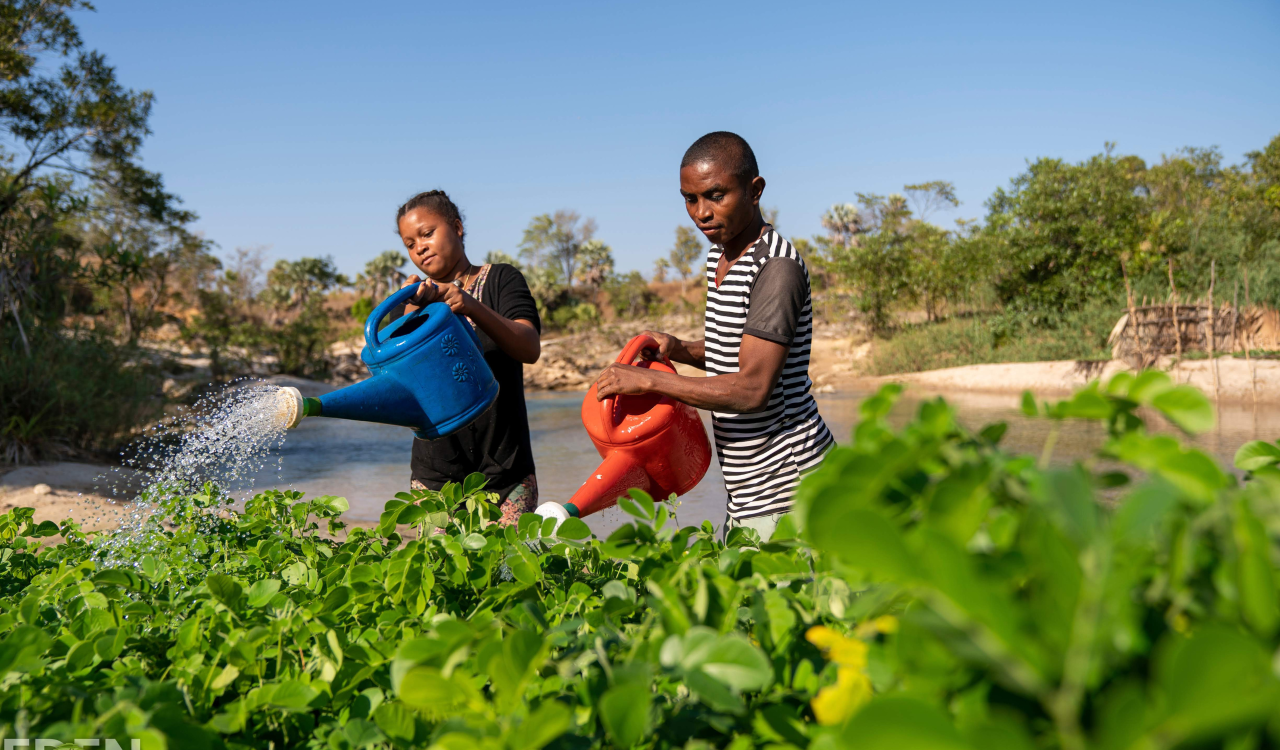
Fighting Deforestation with These 4 Types of Trees
Bambook plants in MadagascarPlease note: Bambook worked with Eden Projects for many years and planted over 1.6 million trees through this partnership. We have now transitioned to veritree as our new reforestation partner. In this blog, you can read more about our previous collaboration with Eden.
You've probably heard us say it many times: 1 Bambook = 1 tree planted in Madagascar. But how does that work exactly?
At Bambook, we partner with Eden Projects: they work directly with communities experiencing extreme poverty due to deforestation.
Eden Projects works as a non-profit NGO to restore these landscapes. Their goal is to restore both nature and local communities. Bambook is affiliated with the reforestation project in Madagascar to help Eden succeed in this mission. It’s good to know that the question of whether planting trees by companies is greenwashing is regularly heard in the media. In short, it depends on several factors. We have listed them for you in this blog.
Welcome to our reforestation project.
Madagascar has a tropical climate with mostly dry deciduous forests. That's why, through Eden Projects, we focus on planting these 4 species of native trees to fight deforestation: Jack tree, Euphorbia tree, Adonsonia tree, and Lebbeck tree.
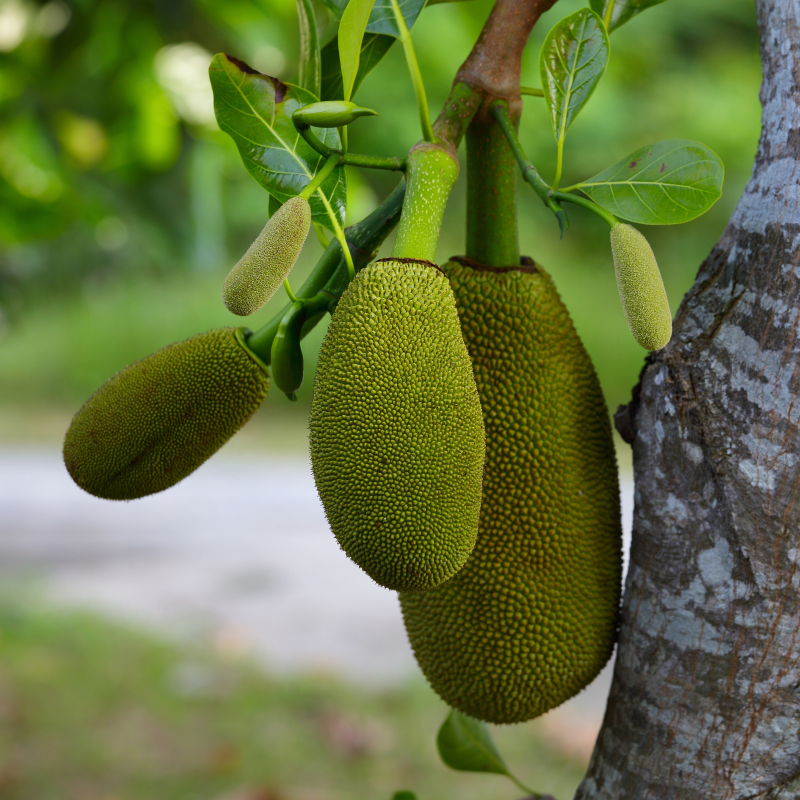
1. Check out this Jack Tree!
Jackfruits grow on this tree, which produces fruits with a pineapple-banana flavor. It takes about three years for the new tree to produce fruit, but it is well worth the wait! The fruit grows on the trunk and can weigh up to 55 kg, wow! This makes them the largest tree fruit in the world.
Jackfruit is incorporated into all kinds of dishes and is super nutritious. The flesh is full of vitamin B6, vitamin C, vitamin A, potassium, calcium and iron. Thanks to its meaty texture, Jackfruit is an ideal meat substitute, especially in this poverty-stricken area. Have you tasted it yet?
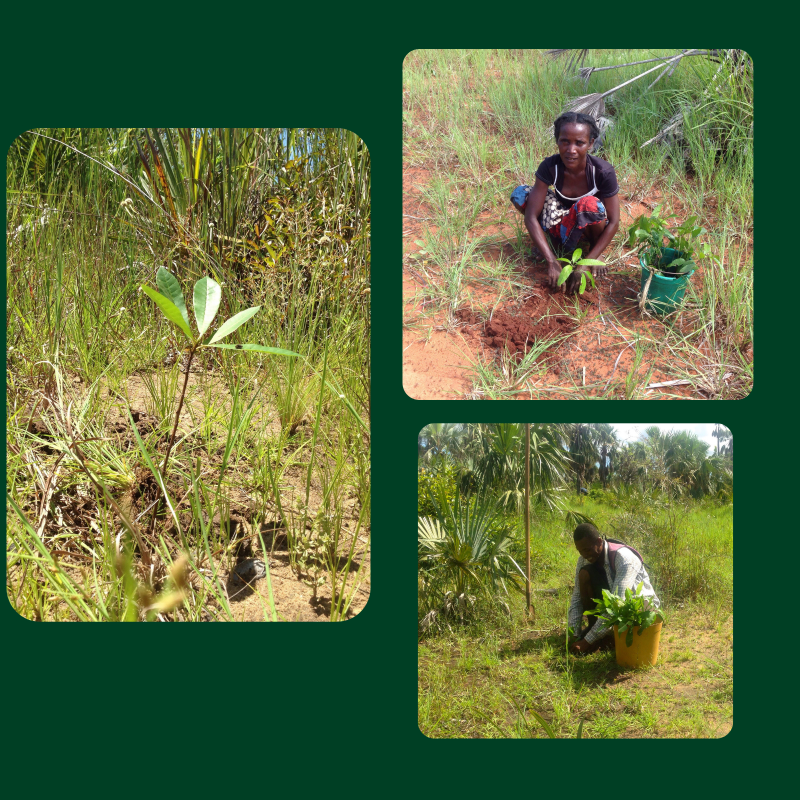
2. This is the Euphorbia Leuconeura.
It is better known as "Madagascar Jewel.” While it may look like a tree, it isn’t. It is a tropical succulent and can grow up to 2 meters tall and the veins create a special herringbone pattern on the leaves.
Fun fact: this Madagascar Jewel reproduces by shooting its seeds meters into the air.
Several Euphorbia species are used as food plants by the larvae of butterflies and moths.
Euphorbia is also often grown as a houseplant in Europe, so you may just have one at home. Be careful though, as the juices from this plant are toxic to humans and pets!
Wondering why trees are so important? Read it in this blog!
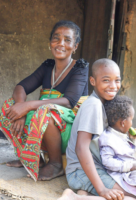
Hey, meet the planting team!
They take care of your tree.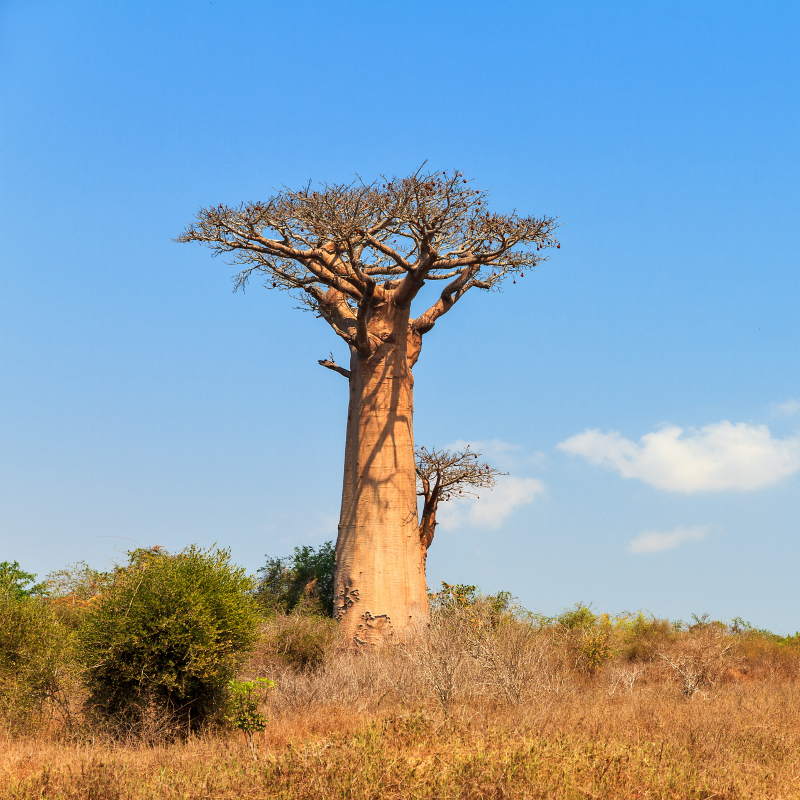
3. This is an Adansonia,
also called Baobabs by the locals. The trees grow 5 to 25 meters tall but are particularly special because of their large girth: it can be up to 34 meters! The size of the tree depends on how much rainfall there is. Interestingly, they store water in their trunks: so smart!
You may have heard of Baobab powder: it is made from the Baobab fruits. The taste is reminiscent of a combination of grapefruit, pear and vanilla. The fruit is rich in fiber and supports the immune and digestive systems. And of course, they're a huge part of reversing the issues of deforestation!
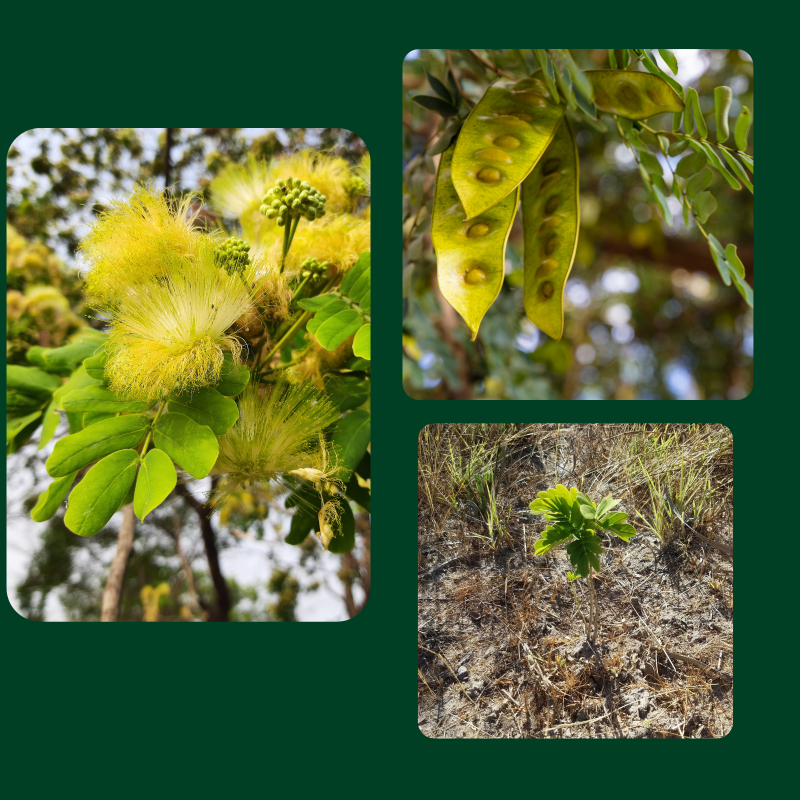
4. And finally, the Albizia Lebbeck:
It is full of fragrant flowers (yellow with long stamens) and pods. In Madagascar, this tree is better known as the "Shak Shak Tree" because of the sound the seeds in the pod make. If the wind blows a little, you can hear them in the tree.
Studies showed that the plant extract of the Albizia Lebbeck is a very effective treatment for diabetes.







